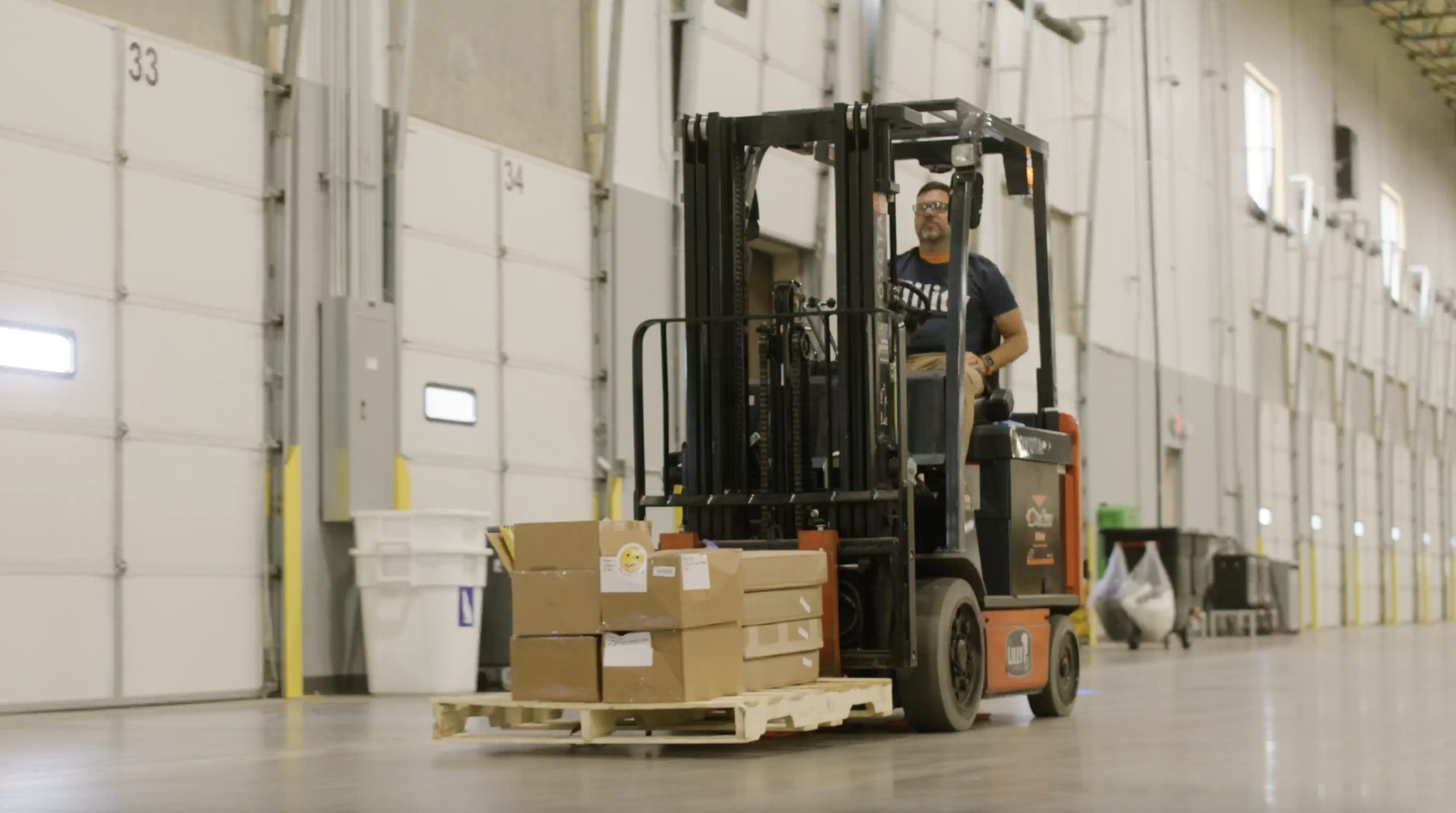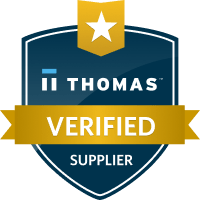
When the temperature rises, so do the risks—especially for operations involving heavy equipment like forklifts, pallet jacks, and dock doors. High heat doesn’t just affect your workforce. It can impact your machines, your safety protocols, and your bottom line.
As an operations manager, your summer safety strategy should include detailed equipment operation procedures that account for both mechanical vulnerabilities and human performance risks. A safe start during hot weather begins with awareness, inspection, and training.
Here’s what you need to know—and do—to keep your equipment, and your people, operating safely under pressure.
Start with a Heat-Specific Equipment InspectionBefore each shift, conduct a quick but thorough heat-related inspection on all powered equipment. High temperatures can affect:
- Battery performance and swelling (especially in electric forklifts)
- Tire pressure on lift trucks or carts
- Cooling systems and fluid levels
- Braking systems and hydraulic leaks
Rubber and plastic components are more likely to crack or deteriorate in heat. Encourage supervisors or maintenance staff to log daily inspections and document anything that looks even slightly abnormal.
Adjust PPE for Safety and Comfort
Traditional PPE isn’t always designed with heat stress in mind. But in high-temperature environments, comfort contributes directly to safety. Workers are more likely to remove or misuse PPE when they overheat.
Here are some smart summer modifications:
- Use breathable gloves with grip support to reduce slippage from sweat
- Choose lightweight hard hats with air vents
- Offer cooling neck wraps or moisture-wicking vests
- Consider anti-fog safety glasses for humid conditions
Keep in mind: PPE should never compromise safety—just be optimized for climate conditions.
Train for the Realities of Summer Equipment Use
Even seasoned operators can make costly mistakes when they’re overheated or fatigued. Focus your summer safety training on:
- Recognizing signs of heat-related fatigue
- Adjusting handling techniques for sweaty hands or decreased visibility
- Encouraging frequent hydration and cool-down breaks
- Avoiding rushing through equipment tasks during the hottest hours
Real-world example: a forklift operator who’s sweating profusely might misjudge brake pressure or lose grip on the wheel. That’s a hazard waiting to happen—especially near pedestrian zones or racking systems.
Emphasize Loading Dock and Staging Area Protocols
Loading docks are notorious heat traps—often made worse by direct sun exposure, limited airflow, or metal surfaces radiating heat. Make sure your dock workers:
- Get additional rest breaks
- Wear non-slip, breathable footwear
- Use dock fans or shade structures where possible
- Are trained to communicate clearly in noisy, high-temp conditions
Also, don’t forget the trailer interiors—temperatures can spike dangerously inside closed containers, making them just as hazardous as outdoor environments.
Reinforce OSHA Forklift Standards (29 CFR 1910.178).
This regulation covers powered industrial trucks and includes specific requirements for:
- Daily inspections
- Safe operating speeds
- Visibility and awareness
- Environmental considerations (e.g., ramps, inclines, uneven surfaces)
During summer, use this as an opportunity to reinforce both compliance and context: equipment operators must adjust based on how heat affects performance—of the machine and the human.
Keep Productivity Moving—Safely
High heat doesn’t mean you have to sacrifice output, but it does mean taking safety a step further. Your team relies on equipment to move quickly and efficiently. A malfunction or mistake caused by heat could derail an entire shift—or worse, cause injury.
Proactive protocols, climate-conscious PPE, and focused training are your best defenses during summer.
About iJility
At iJility, we understand the operational pressures that don’t slow down when the heat rises. That’s why we work with your team to implement climate-smart workforce strategies—including equipment safety protocols, environmental hazard assessments, and shift planning that aligns with real-world conditions. We help you optimize both people and process.
Schedule a discovery call with iJility today and let’s build a summer safety strategy that works—without sacrificing performance.
Author: Carl Scott


